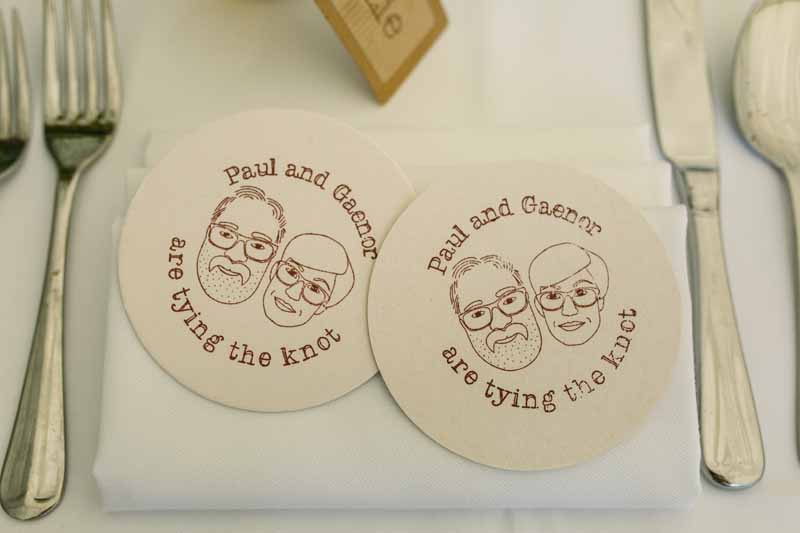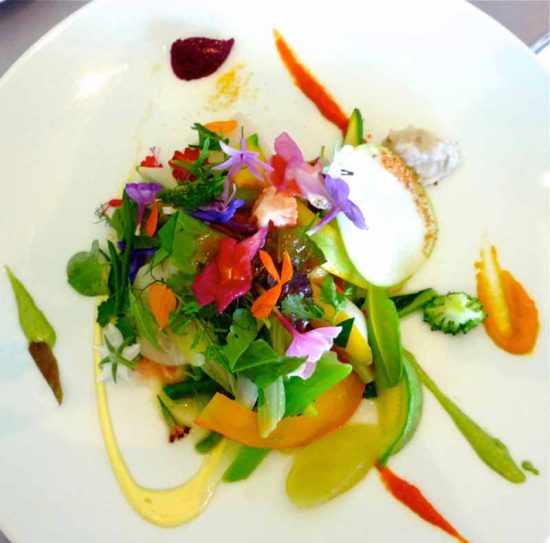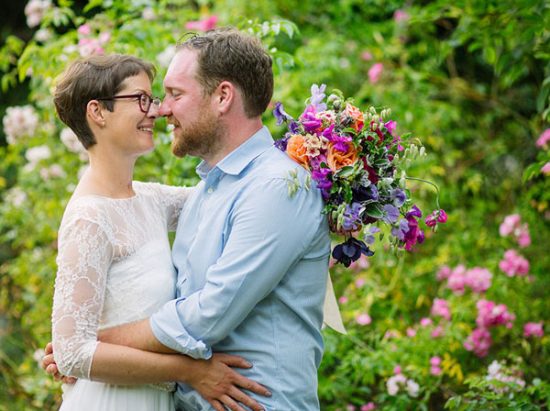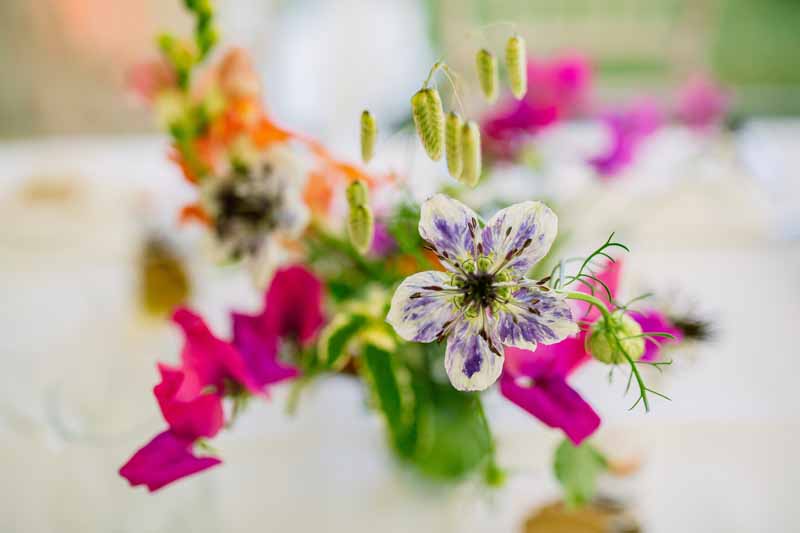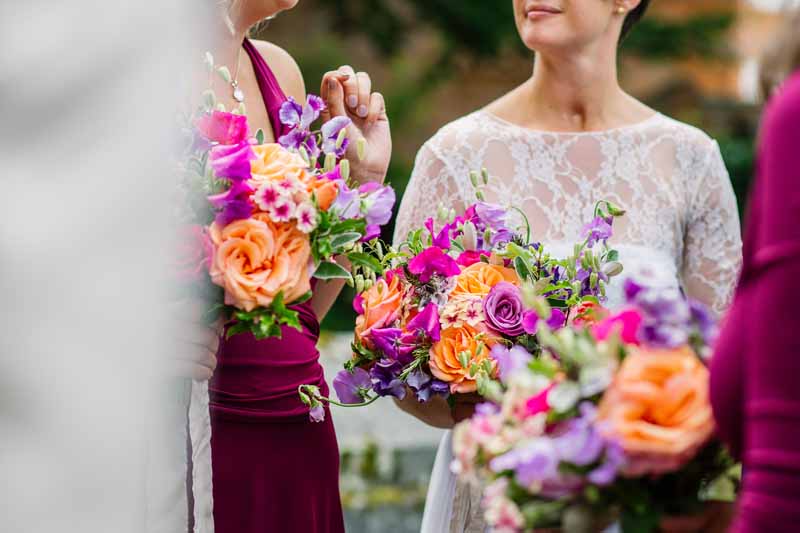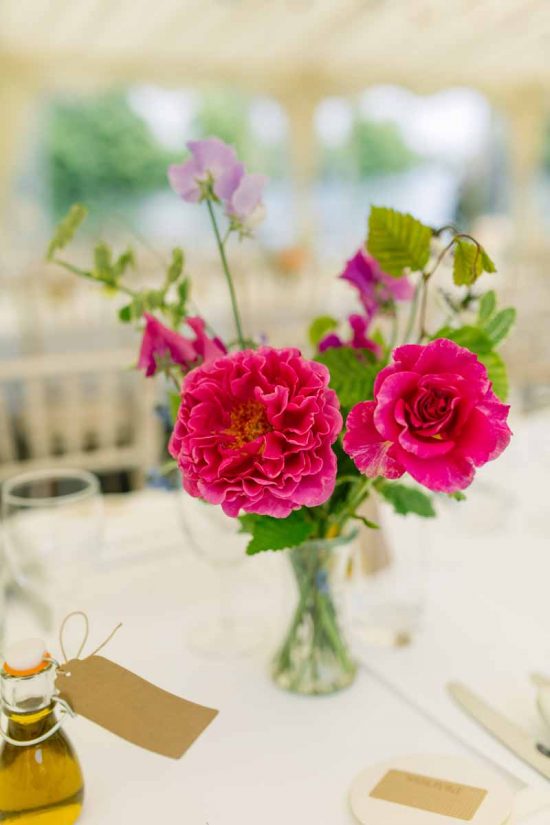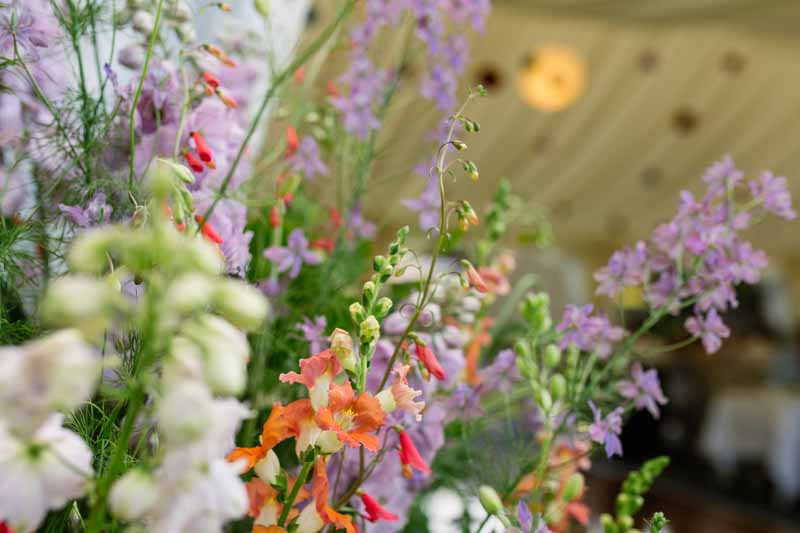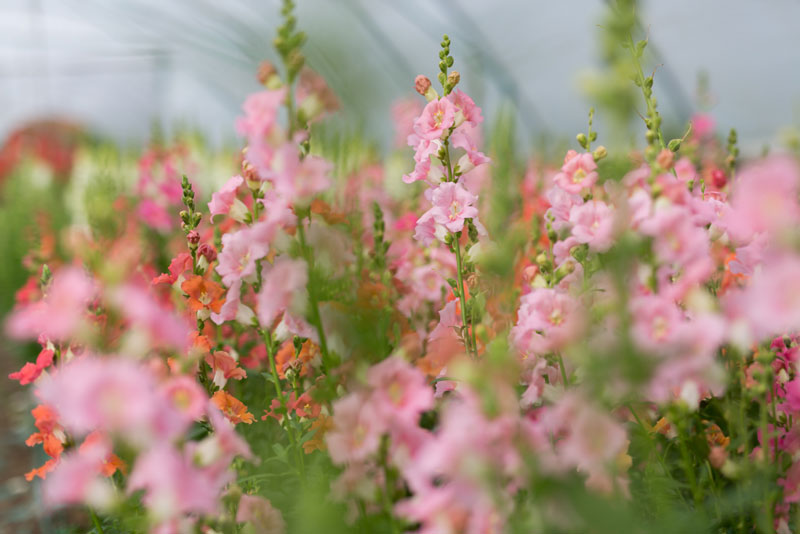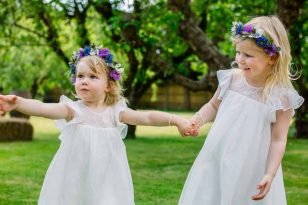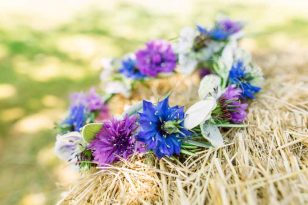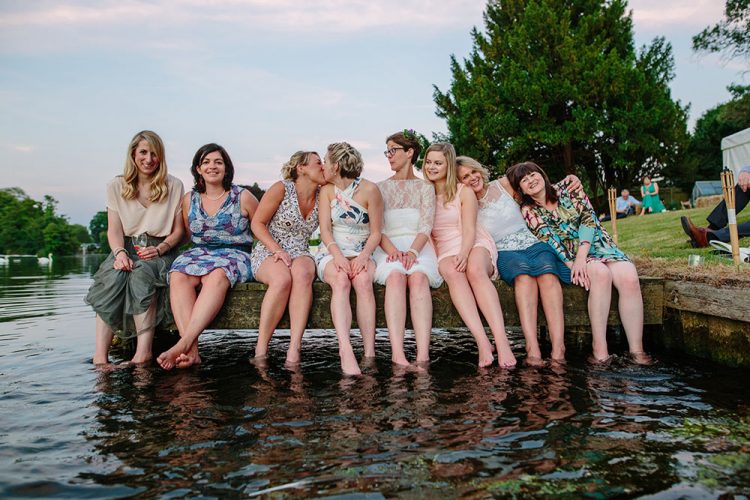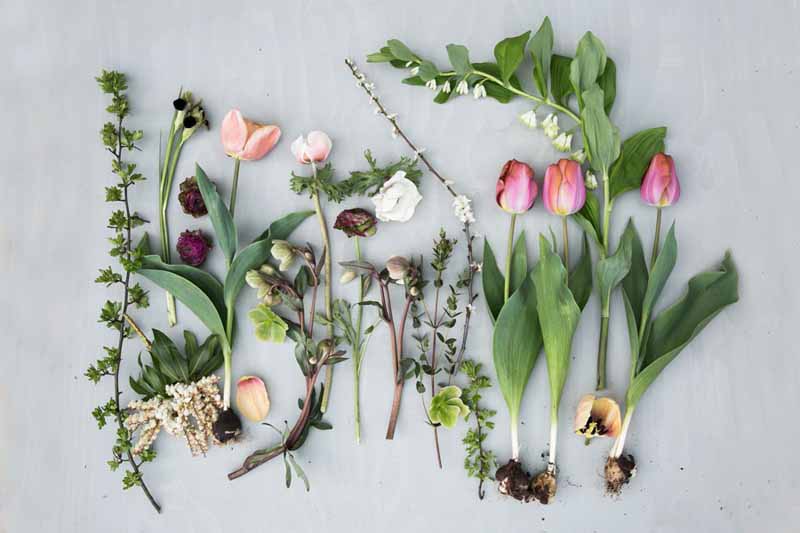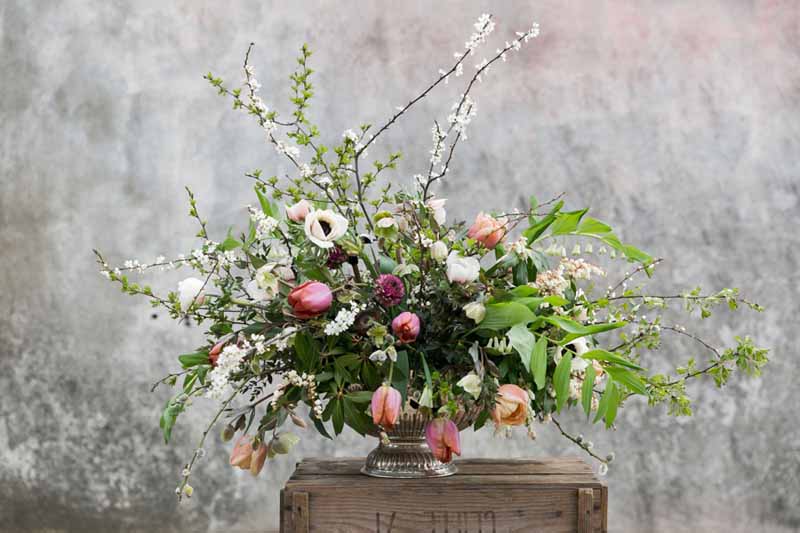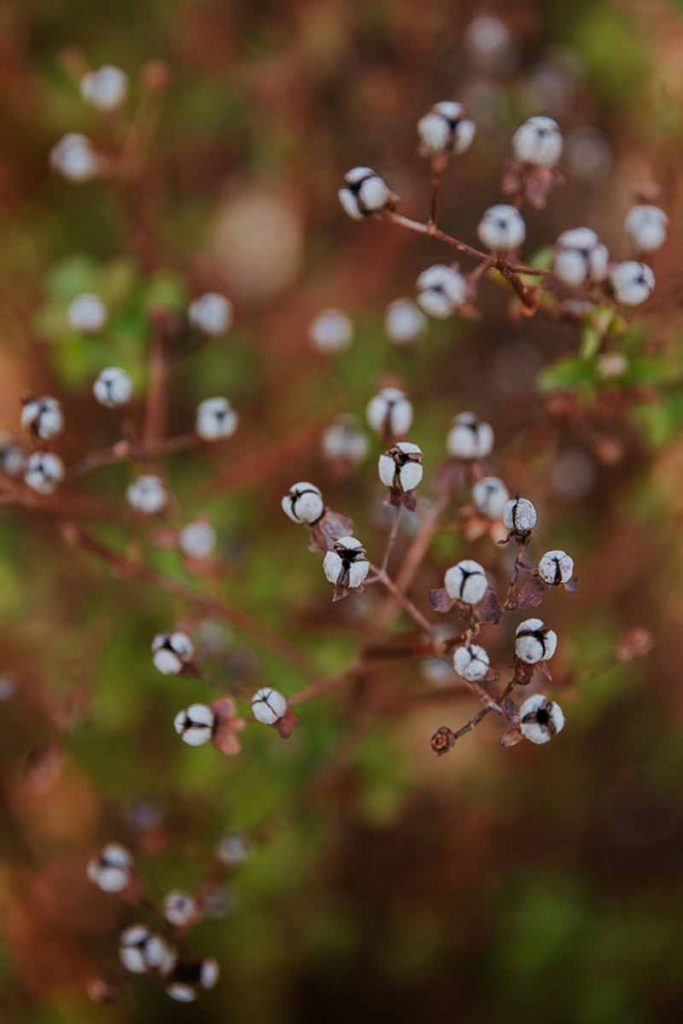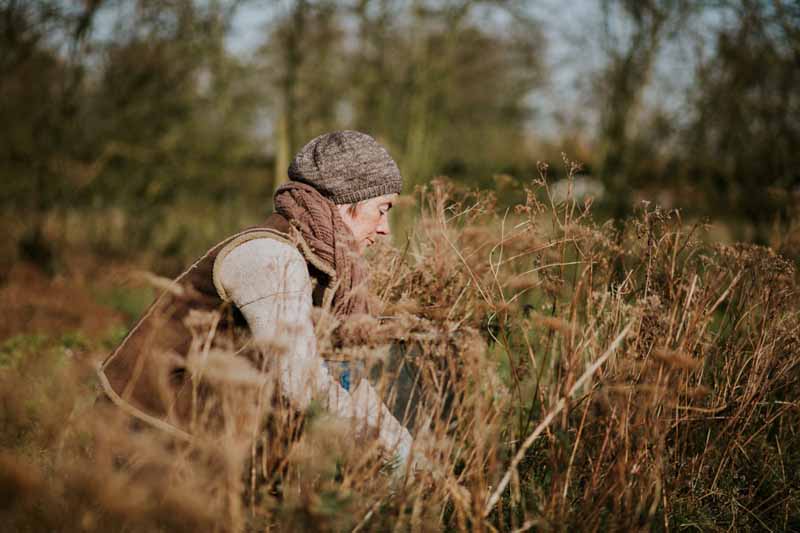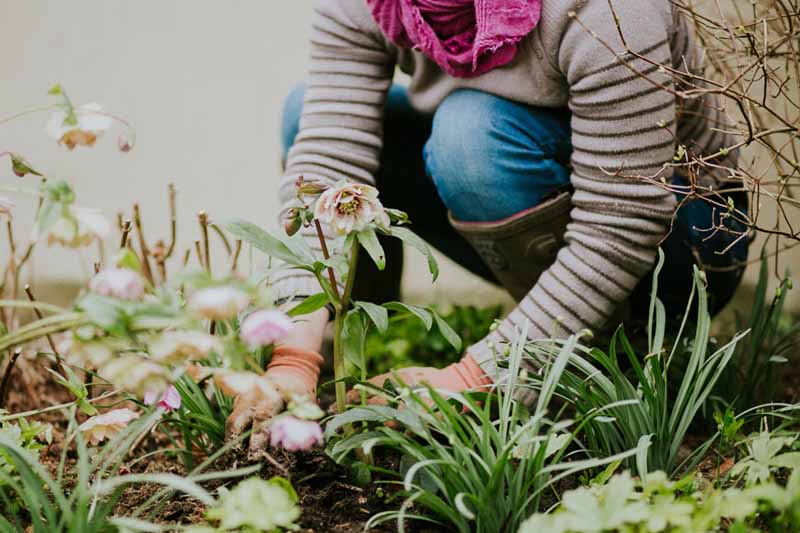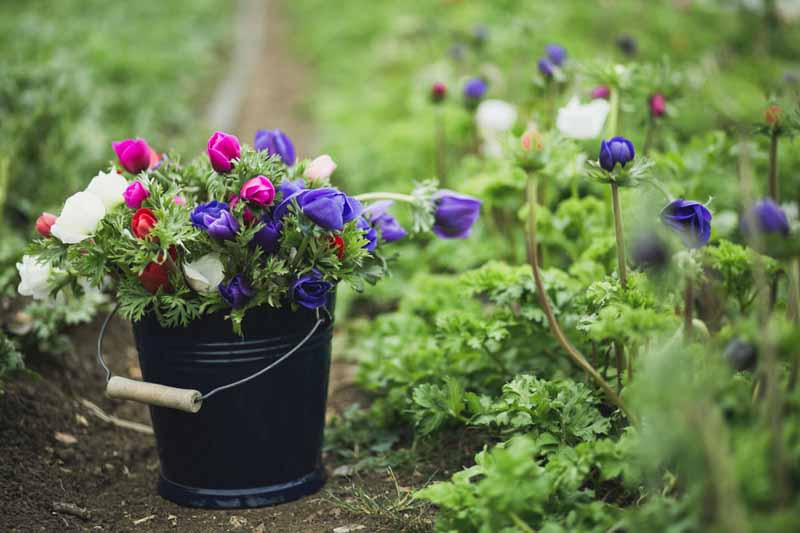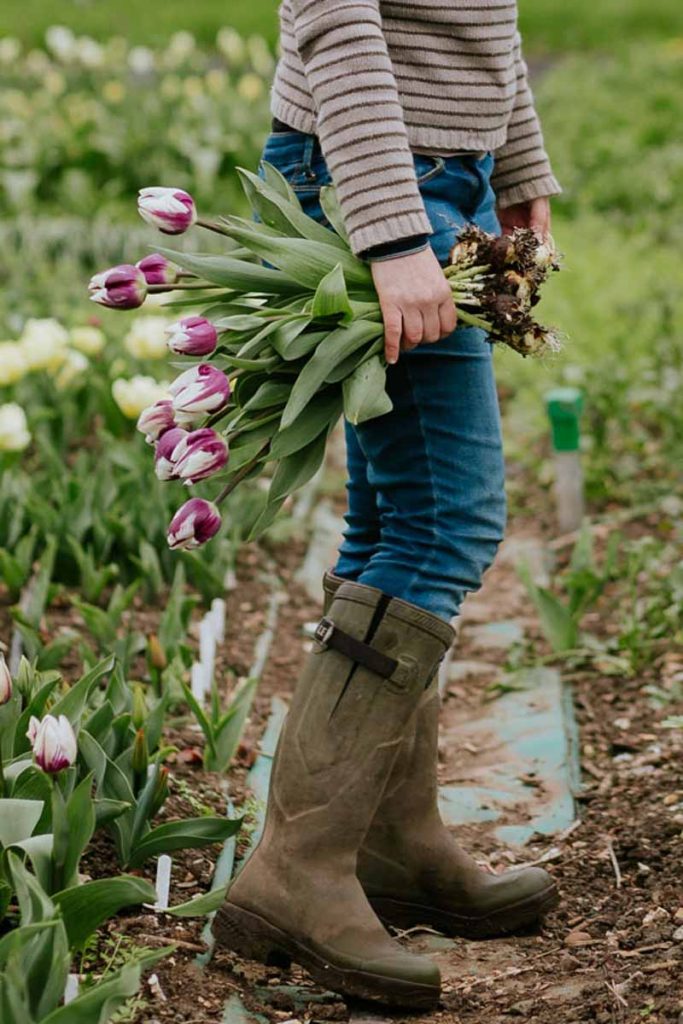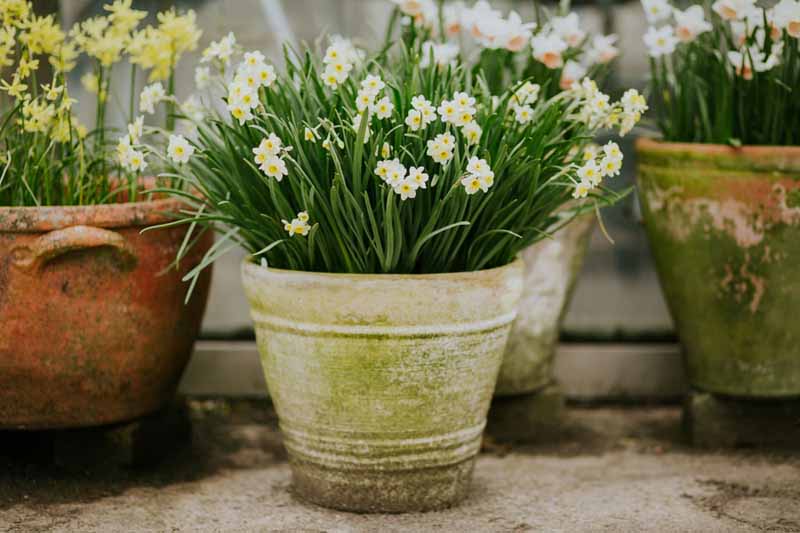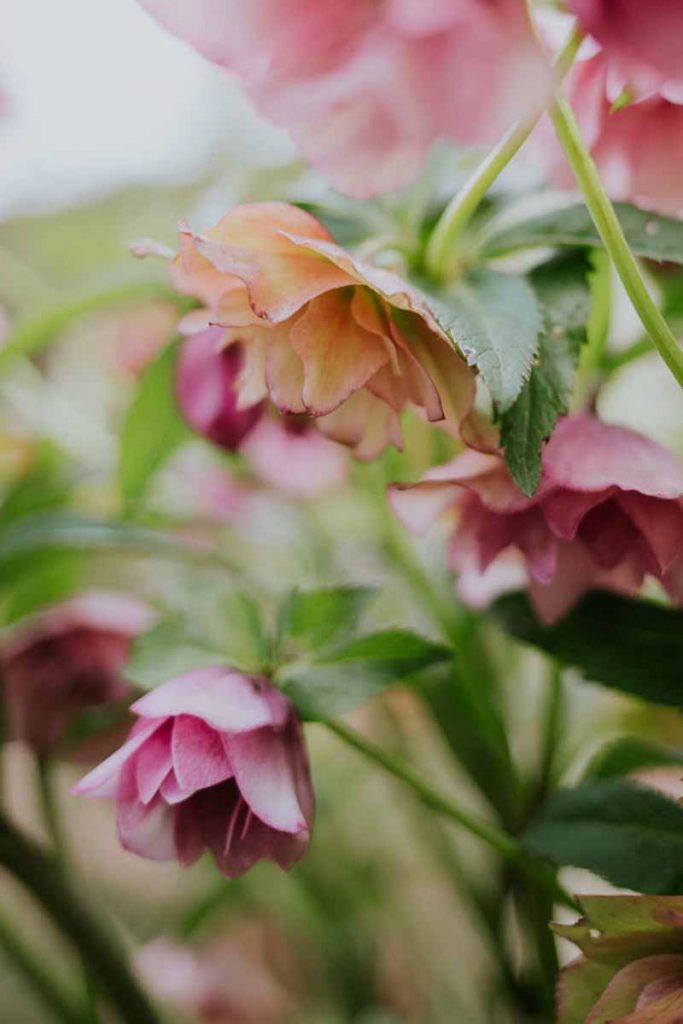After a couple of months ‘nesting’ in our new home on the farm it is time to put down the paintbrush and start plotting and planning what we will be getting up to in our tenth anniversary year.
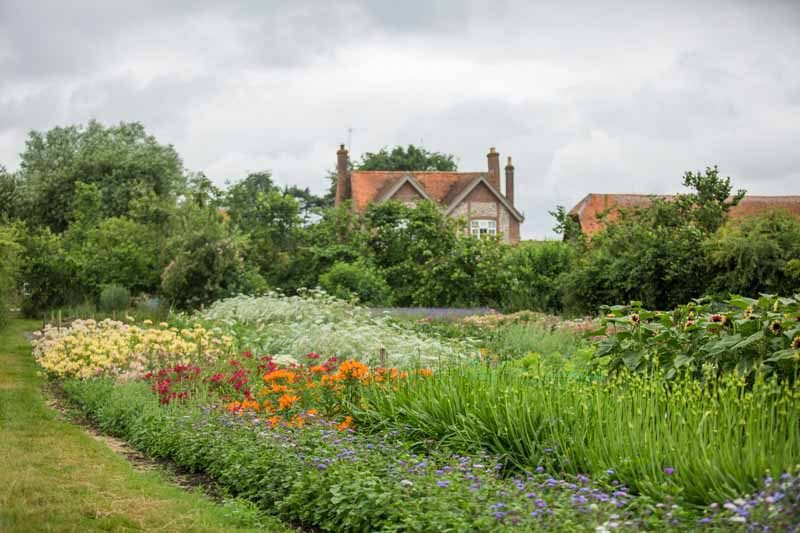
Before I throw myself into seed orders and plans for 2018’s weddings and workshops it is time for some obligatory reflections on 2017 which was a year of fruition.
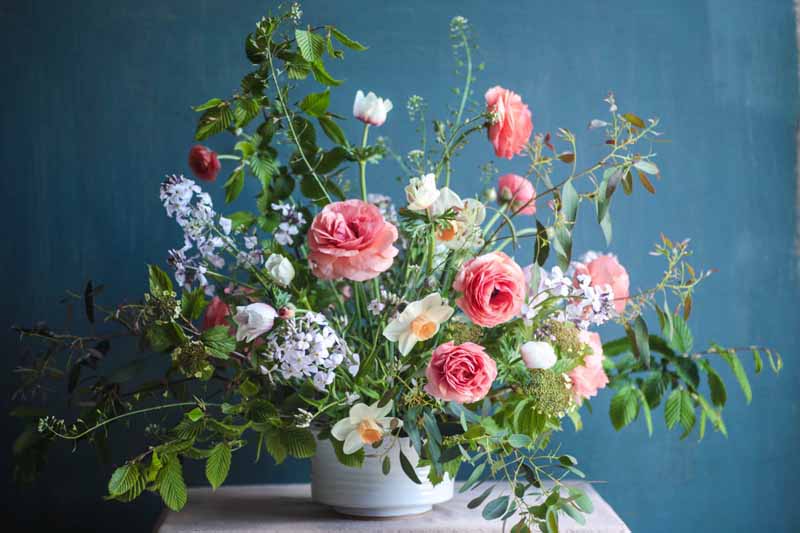
It kicked off with my book release in February. I felt really proud that all the flowers and foliage (bar the orchids and protea) were grown and arranged here on the farm and I have to admit it is satisfying seeing it nestling amongst some of my favourite books on flowers and gardening in the bookshops.
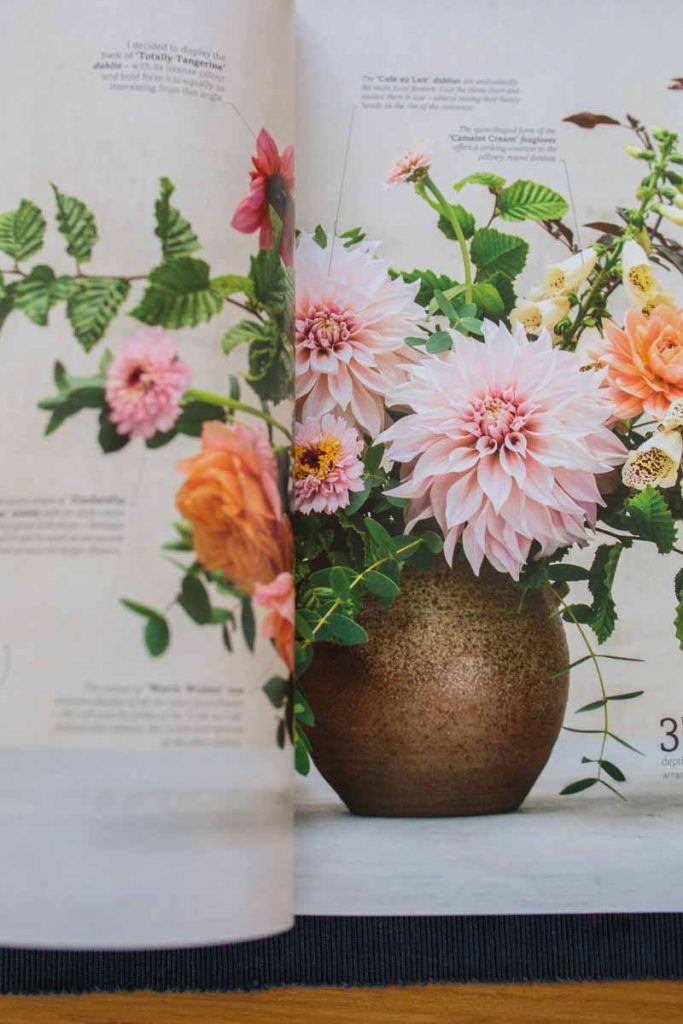
The Flower Book was closely followed by the first in a six part series in the House and Garden magazine about growing cut flowers through the seasons at home. Beautifully photographed by Eva Nemeth who I hope to work with again this year. It was a pleasure to work with Clare Foster the garden editor on these articles.
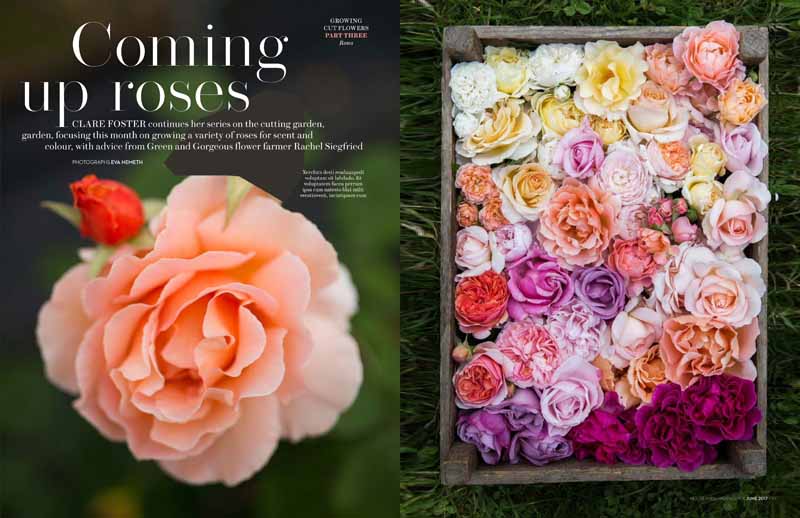
The finale was a seven page spread in the June issue of Country Living photographed by Andrew Montgomery a master at capturing the artisan at work…and dogs it seems.
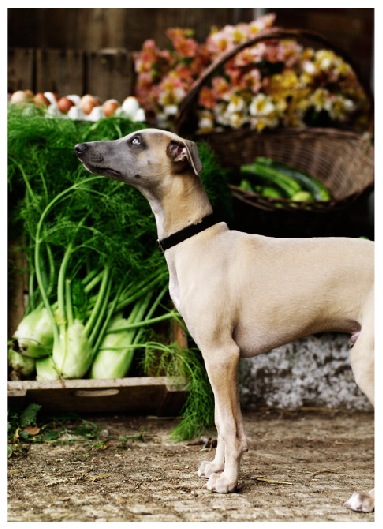
I felt all of these publications reflected a decade of hard work building this flower farm from an excited idea and a name, conjured up on a dog walk, to a thriving business with it’s own identity enjoyed by all of our visitors whether they are a regular Saturday shop customer, a bride or one of our workshop attendees.
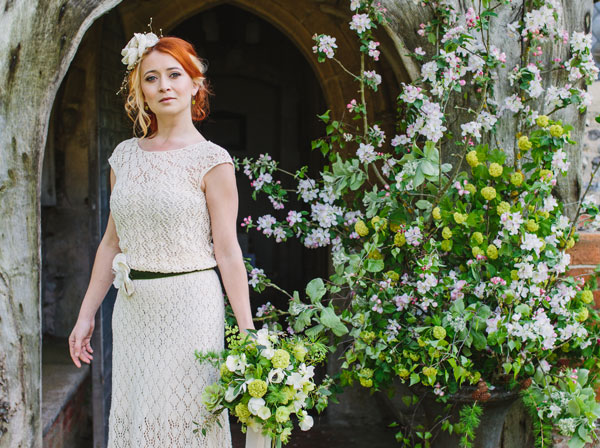
Photo by Clare West
Our focus has always been on growing high quality flowers and foliage on a fairly large scale so with that benchmark in mind there are always crops that delight or disappoint each year. I suppose the most important thing I have learned is never to get too disheartened by an apparent disaster, as we have had many and are still thriving. For every flower that gets eaten by something furry or flattened by high winds there will be something else that should be winning first place at the country show for it’s utter perfection.
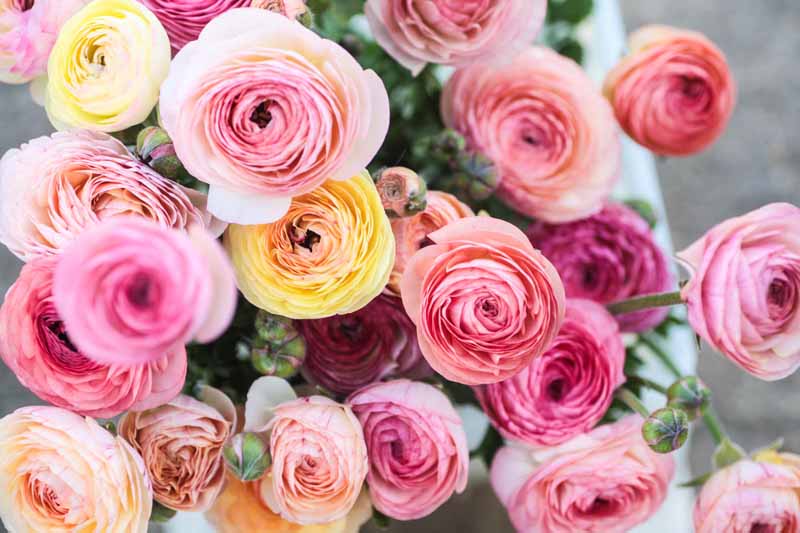
Flowers that could have been show winners this year included our Ranunculus which included some painterly new varieties from our supplier in France. They were at their best for our annual Wedding Intensive collaboration with the talented duo Becca and Maz of The Garden Gate Flower Company.
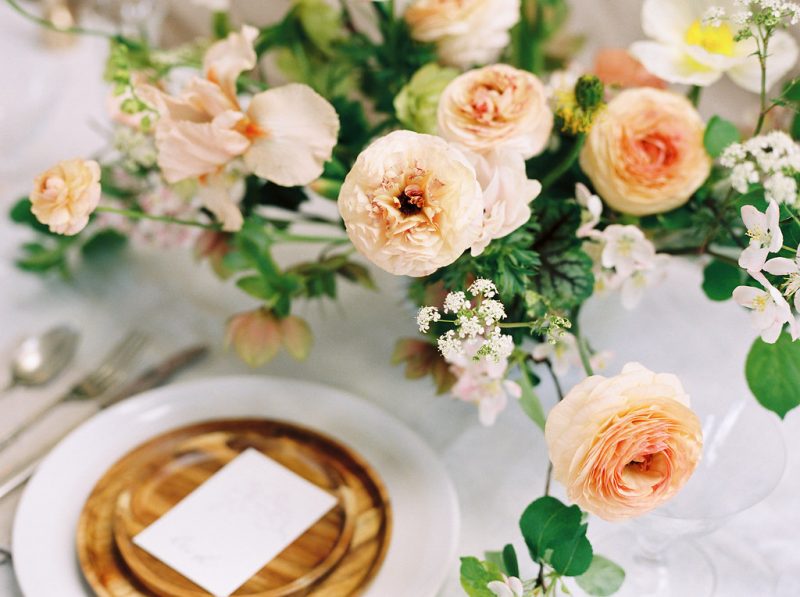
Photo by Imogen Xiana
Infact the two day course was such a success we have decided to run it at the same time this year (April 24th-25th) to hopefully repeat the Ranunculus magic.
The Anemones were also the best I have grown thanks to taking the measure of sterilising the soil in our tunnel which had become rather sickly from the past ten years of intensive growing.
Sweet Peas also had a bumper year with my tunnel of Sweet Pea becoming a popular destination for photo shoots. I much prefer growing Sweet Peas undercover and have found a good selection namely from Japan that cope well with the warmer conditions.
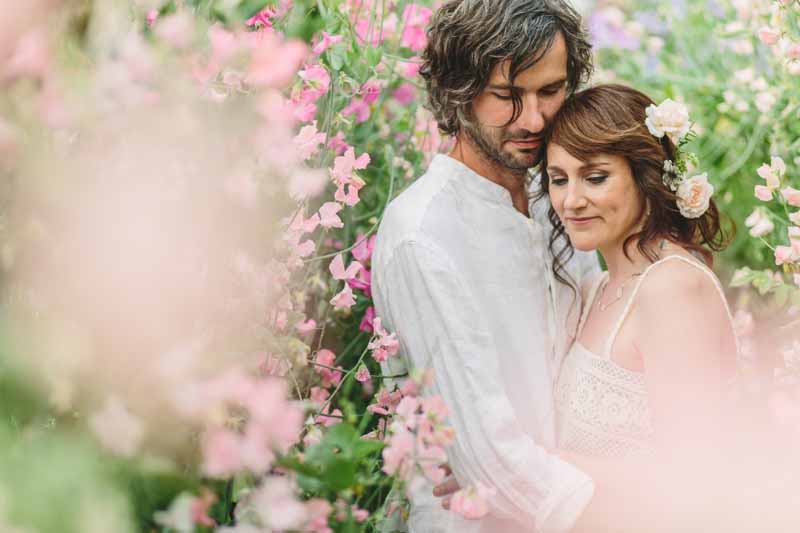
Photo by Clare West
Roses were also surprisingly good, I was plucking up the courage to grub out bushes that had been in for 7 years including my beloved Margaret Merril but she rallied and produced blooms that were so perfect that I was reduced to tears.
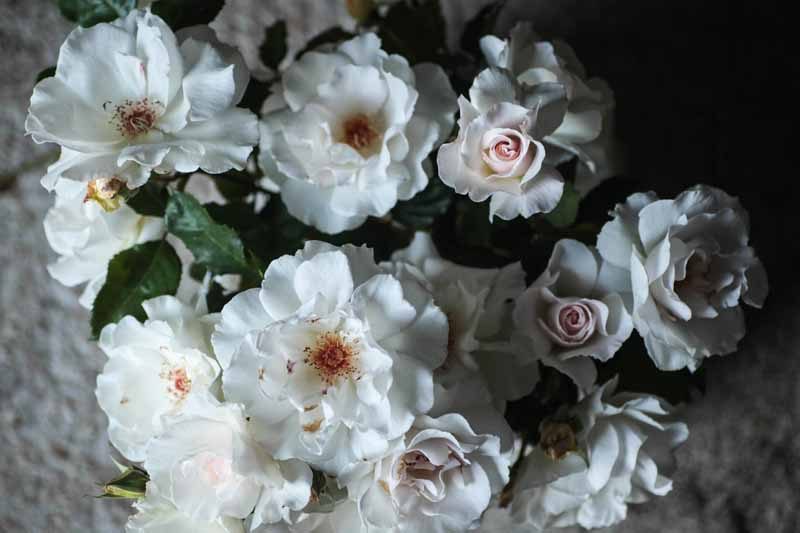
There were new discoveries and favourites which there will certainly be more of this year included Phlox drummondii ‘Cherry Caramel’ and ‘Sugar Stars’, Rudbeckia triloba ‘Prairie Glow’, Echinops ‘Arctic Frost’, Zinnia ‘Queen Lime Blush’, Rosa ‘Ash Wednesday’ and Clematis ‘Paul Farges’.
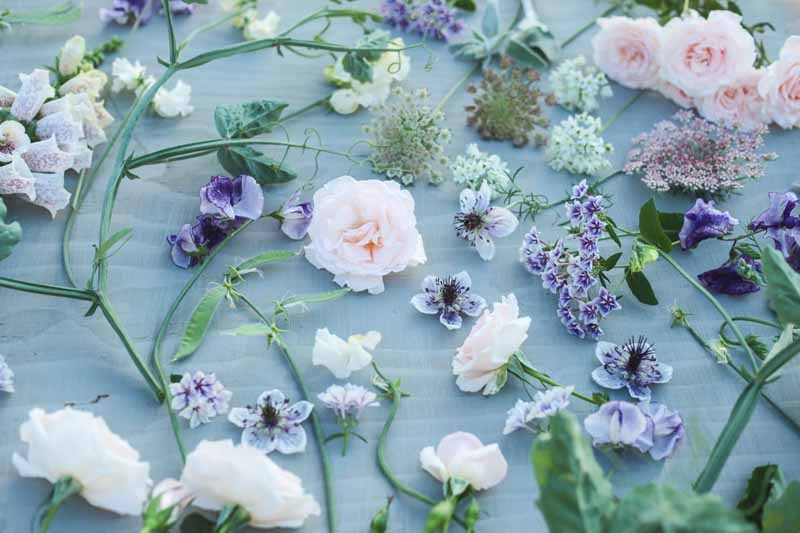
Of course there were disappoints too, an entire tulip crop devastated by a gang of bulb addicted rats, a flattened crop of delphiniums from one wet, windy day in June and my dahlias did not live up to expectation, which I cannot blame on pests or weather. Flower farming is a juggling act and it is easy to drop a ball, which was the dahlia one so I am already making plans to make sure that doesn’t happen this year.
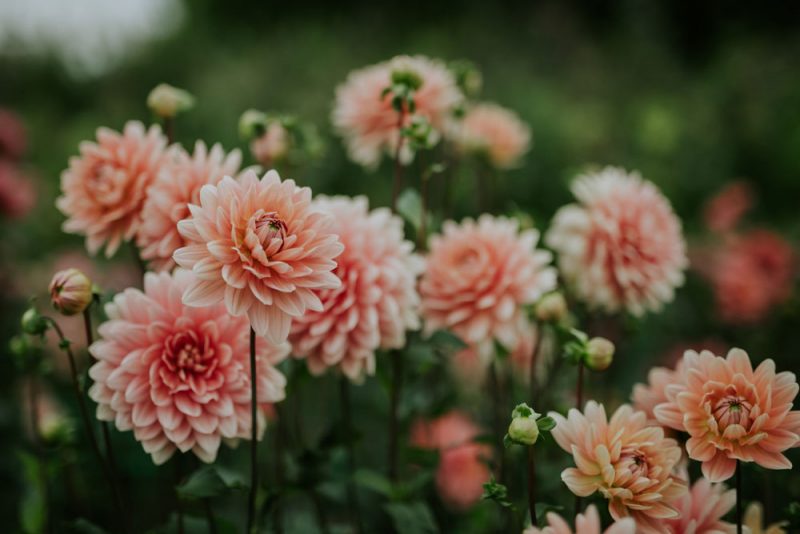
So what can we do better this year? More physical barriers against rodents and rabbits, more weed suppressing landscape fabric for our annuals and galvanised stock netting for our lofty delphiniums are some ideas…
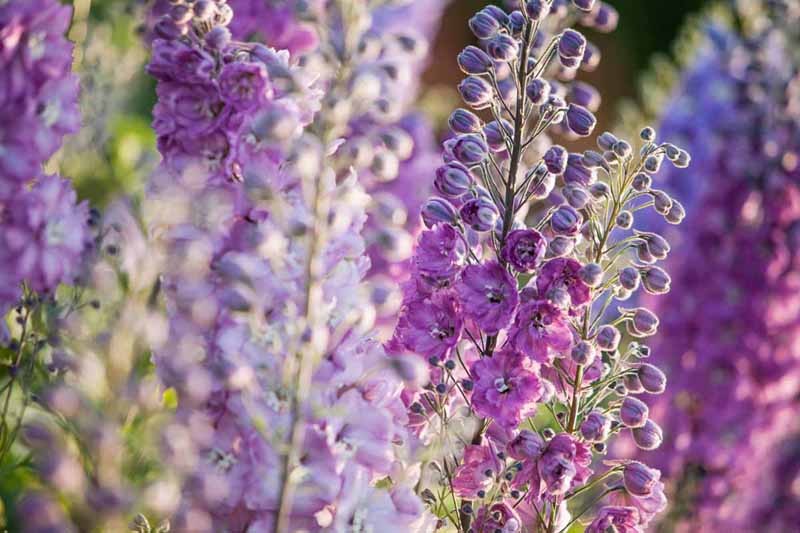
On the plant front I am looking forward to a bumper crop of biennials thanks to an earlier sowing than usual, a couple of hundred new bearded iris and a few new roses and peony varieties. On top of that I am placing another order overseas for some exciting new annual varieties. Our new home has a large garden with lots of opportunity for trees, shrubs and climbers. I have also inherited a large herb garden which will be very useful for all the delicious meals we will be providing for our courses.
So what does 2018 hold ? Well hopefully rejuvenation, we are currently rebranding. The business has come a long way in the past decade and I want our makeover to reflect where we are today with more emphasis on G&G as a learning resource, a place of floral inspiration and retreat.
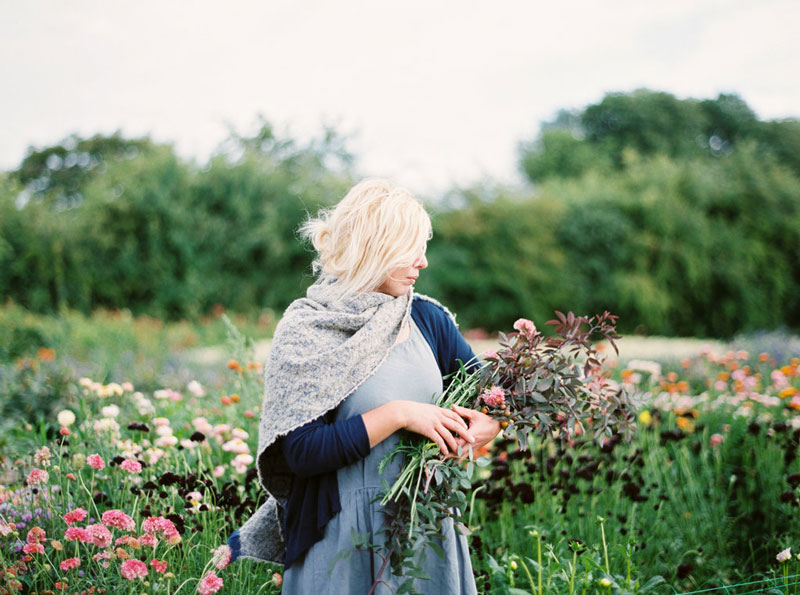
Photo by Eric Mcvey
I like each year to have a bit of a theme and I think this one will be about flowers in the home, now that I have a house where I can accomodate more than one vase! We have spent the last three months creating lots of posh painterly backgrounds to display our 2018 range of flowers and vases which I am busily creating in my new little pottery studio.
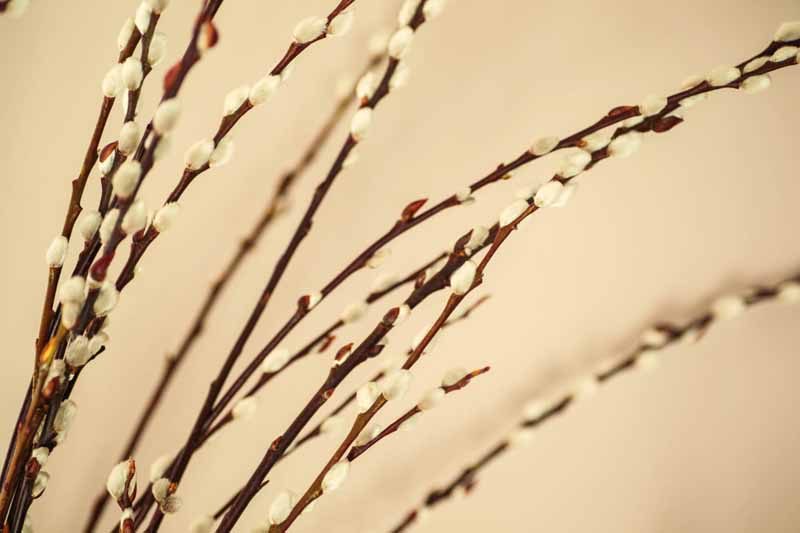
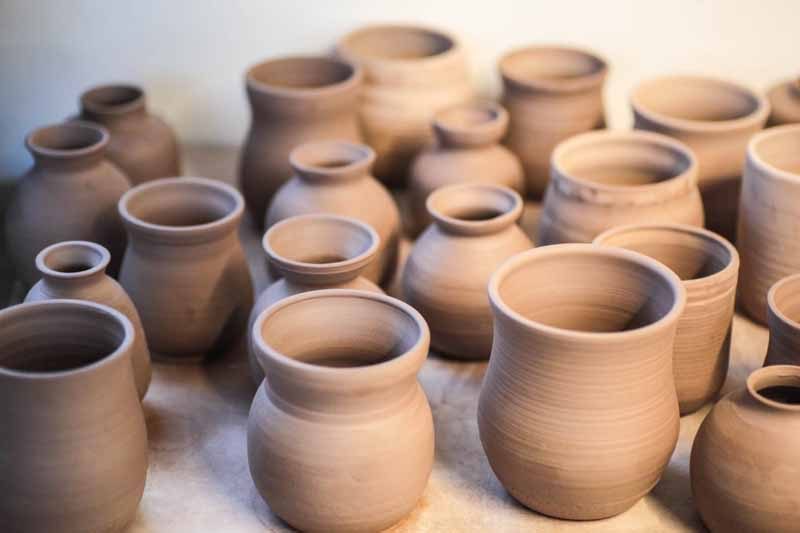
This theme will run through instagram and all of my workshops this year whether it is what to grow to decorate your home, how to choose the right vessel and materials for the room or how to use flowers as inspiration in another art form.

So collaborations are a foot including flower painting with Debbie George and a day of floristry with Shane Connolley. Plans area also in the making for a fully immersive residential course in the autumn, just need to get the bedrooms painted!
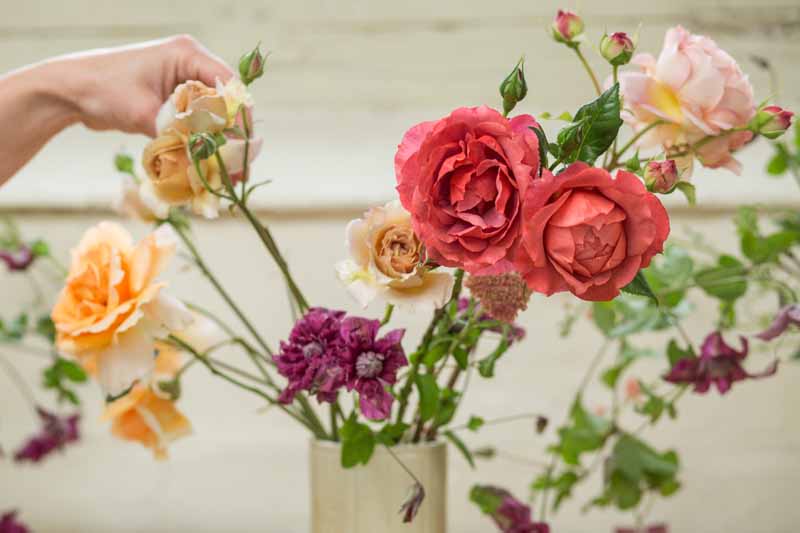
I am so lucky to live this flower filled life doing what I love every day and am very grateful that it has been made possible by everyone’s support and custom over the years.
All the best for 2018 x

